It’s another day, and there’s another downtown demolition in the works. A story in the Inquirer details that demolitions permits are in place for 730-32 Chestnut St., a pair of four-story buildings at the southeast corner of 8th & Chestnut. In place of these rather handsome edifices, developers are planning a seven-story building with 42 apartments and ground-floor retail. In a vacuum, this is rather exciting news, as one larger retail space is better than two smaller retail spaces. And let’s agree, this corner should have way more density than four-story buildings can provide. If anything, a new seven story building isn’t nearly tall enough for this location!
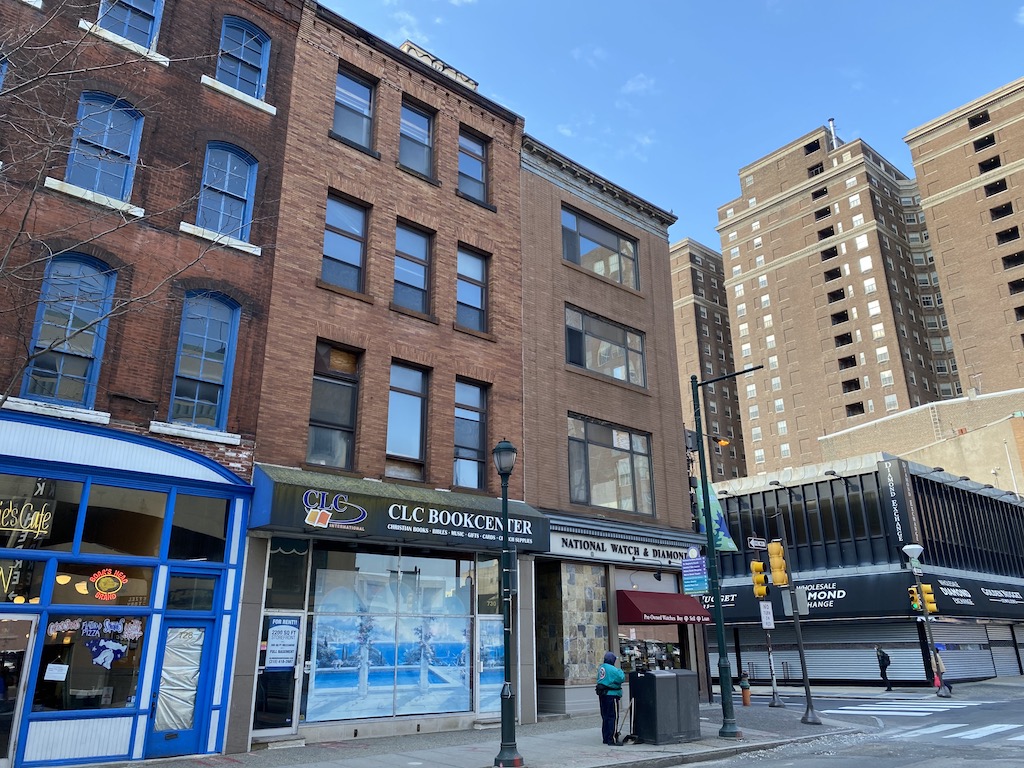
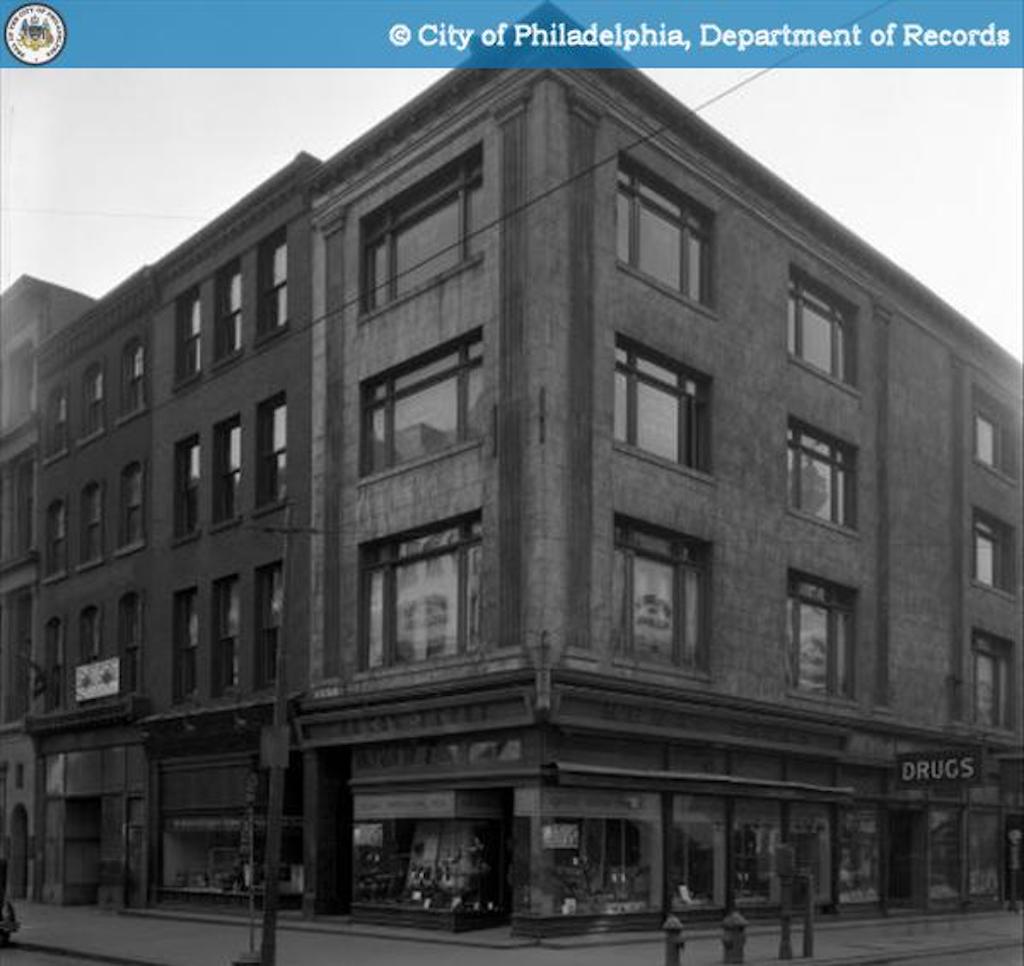
Preservationists are taking issue, however, with the demolition, noting that the buildings are well over a hundred years old and lamenting the loss of architectural history at this prominent location. This narrative is even louder when considering the context of the demolition of a row of buildings around the corner on Jewelers’ Row about a year ago, in anticipation of an apartment tower from Toll Brothers. Shortly after those buildings came down, per the Inquirer, a local attorney made application to the Historical Commission to designate the 600, 700, and 800 blocks of Chestnut Street as a new historic district. No doubt, there are some terrific buildings on these blocks which are worthy of preserving.
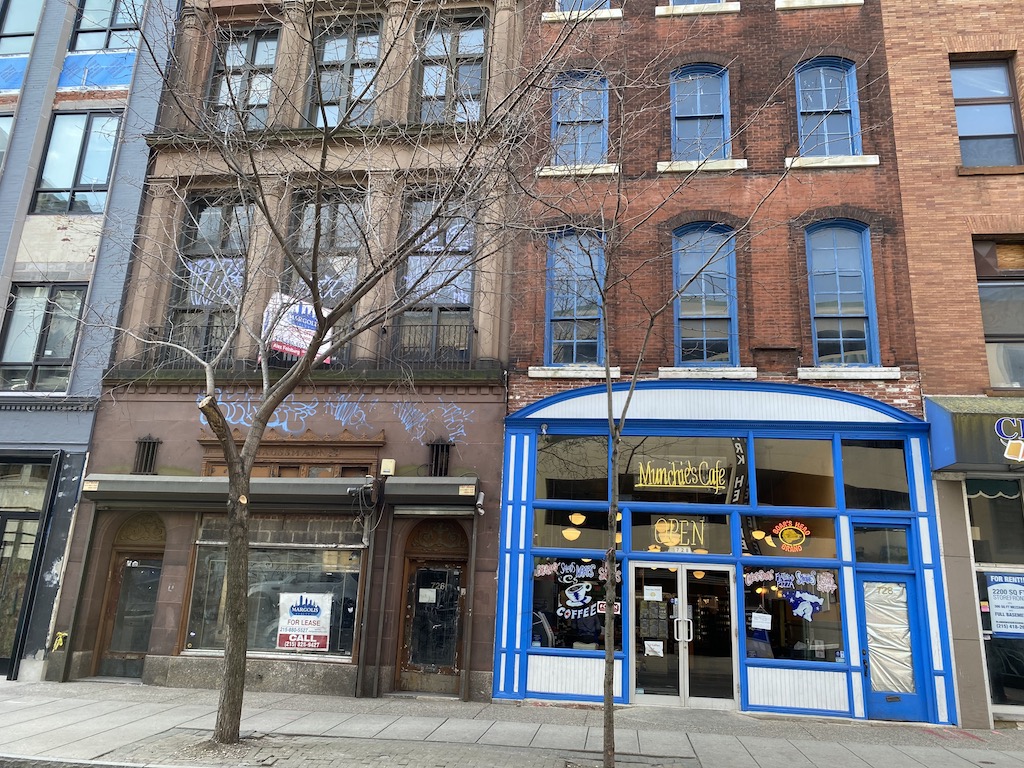
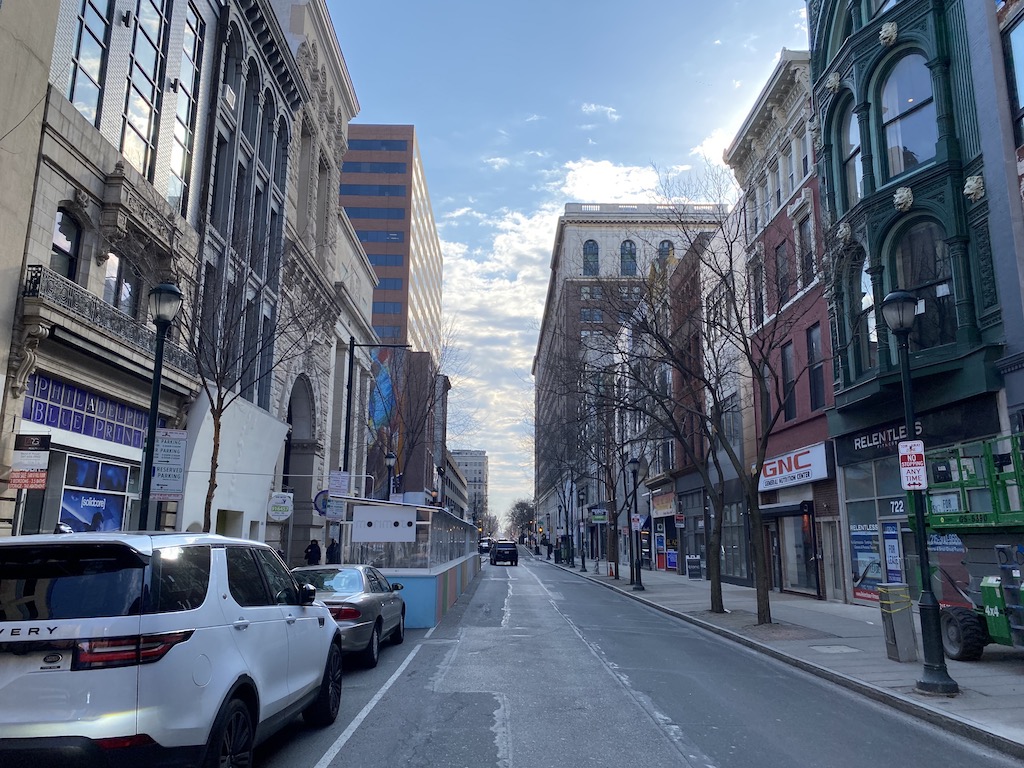
But there are also some buildings on these blocks which we wouldn’t be sad to lose. Examples include the parking garage on the northeast corner of 8th & Chestnut or the jewelry store on the southwest corner.
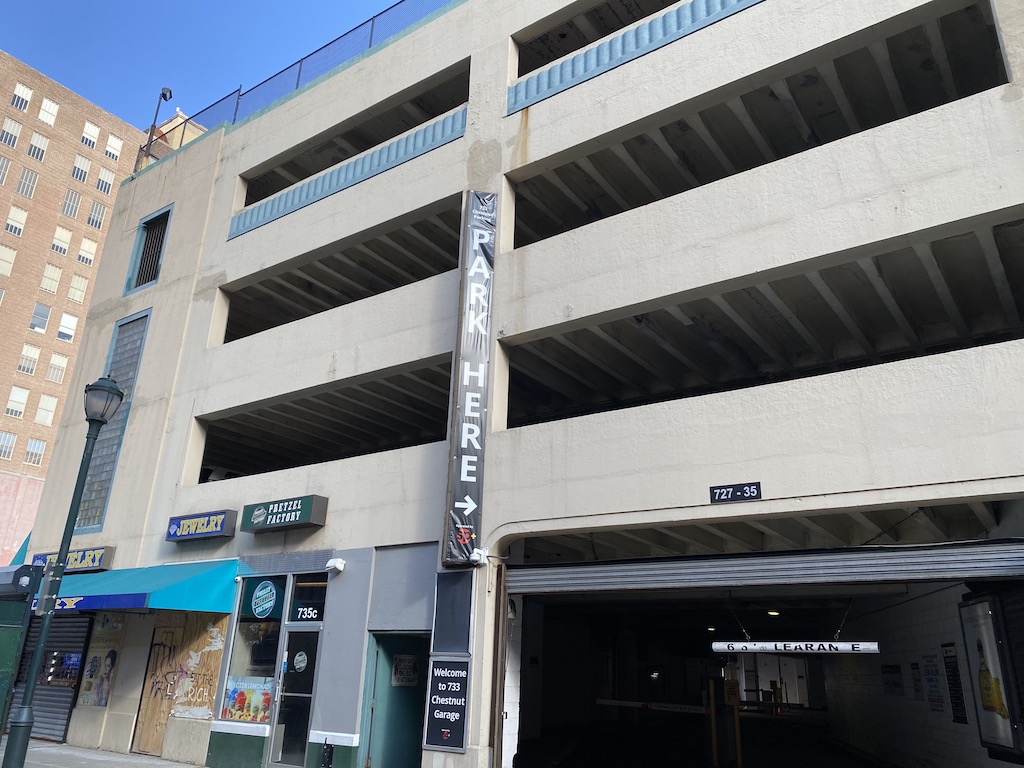

Much to the frustration of the person who submitted the nomination, the COVID pandemic has significantly limited the work of the Historical Commission, and all historic district nominations were put on hold. As a result, the group developing the apartment building at 8th & Chestnut was able to secure their demolition permit, and their project will now proceed as a matter of right. While one could argue that this is a failure of the Historical Commission, we’d counter that the problem lies not with the city agency tasked with handling all preservation efforts in the City, but instead with the local government in a more general sense.
First of all, we think that establishing a 3-block historical district on Chestnut Street is an attempt to deal with the issue using a blunt object, for lack of better options. Certainly, an approved historic district would add a layer of scrutiny to any effort to redevelop the site in question and would likely have prevented the upcoming demolition. On the other hand, it would have also had a real financial impact on the owners of these properties and every other property on the corridor. Historic designation means that any demolition needs approval from the Historical Commission, and that’s true for any renovation as well. Generally speaking, this would reduce the value of the properties in question, in the short term.
Not only would a historic district likely decrease property values, but it would also set up a barrier against future redevelopment in a stretch of Center City that’s ripe for it. Again, a four story building isn’t the highest or best use at this location, and we’d like to see towers here, not just seven-story new construction. But simply adding the layer of risk that involves going to the Historical Commission before you can demolish the parking garage mentioned above might be the difference between a developer taking on a project or not.
Rather than creating a historic district, we’d like to see the City establish preservation districts that incentivize adaptive reuse and overbuilds. It’s clear that discouraging demolition in the court of public opinion and setting up barriers against demolition through designation are not effectively curbing demolition activity in our downtown core. Whether it’s through tax credits, extended abatements, direct payments, or some other lever, the City could step in to bridge the financial gap between demolition and reuse/overbuild. Such an approach, utilized in the right locations, could allow us to have our cake and eat it too- greater density downtown while preserving much of the architecture that makes our city special.
Rather than creating a historic district, we’d like to see the City establish preservation districts that incentivize adaptive reuse and overbuilds. It’s clear that discouraging demolition in the court of public opinion and setting up barriers against demolition through designation are not effectively curbing demolition activity in our downtown core. Whether it’s through tax credits, extended abatements, direct payments, or some other lever, the City could step in to bridge the financial gap between demolition and reuse/overbuild. Such an approach, utilized in the right locations, could allow us to have our cake and eat it too- greater density downtown while preserving much of the architecture that makes our city special. And while we’re at it, let’s maybe throw some additional cheddar at the Historical Commission, which has been underfunded for many years and could play a much stronger role if only it had more resources at its disposal.
